Wet rot is one of the most common structural headaches faced by American homeowners. Often developing in secret behind wall cavities and internal structures, wet rot is wood decay caused by excessive and prolonged exposure to moisture. The water creates fungal spores that attack timber and in its worst cases can damage the structural integrity of a wall or building.
Most wet rot problems can be traced to some form of existing defect in the structure. Defective plumbing, gutters, downpipes or stone pointing can cause water to pool and collect in wall cavities and timber. If left untreated, the prolonged exposure to moisture can lead to wet rot.
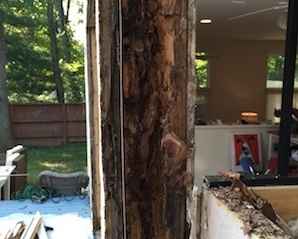
Identifying Wet Rot
Typical wet rot indicators include:
- A damp musty smell.
- Cracking and softening of timber that is often discoloured, distorted and possibly losing its strength.
- Fungal growth.
It’s important to keep an eye on the more vulnerable areas of timber for wet rot, particularly around window and door frames where water can pool. Chipped or damaged paint can also allow moisture to seep through to timber and eventually lead to rotting. Timber experiencing wet rot will feel spongy (even through a coat of paint) and look darker than the surrounding area.
Preventing Wet Rot
Perhaps the easiest way to help prevent wood rot is to ensure your paint finishes are complete and undamaged, particularly in areas where water is likely to collect. It’s also important to address any damp areas as soon as possible. Damp walls and timber can be easily and quickly treated, but if left unattended can cause to wet rot — and a much larger problem.
Check your roof cavity and attics regularly for water ingress. Water can silently collect through damaged roof tiles, spreading wet rot through your ceiling timbers. Also regularly check areas where water saturation could easily occur, including underneath sinks, baths, showers, washing basins, washing machines and toilets.
Treating Wet Rot
If wet rot in your home has been caused by a structural defect (including plumbing or downspouts), it’s important to solve this problem first, otherwise the wet rot is likely to recur.
Before treating wood rot it’s also important to speak to an expert about any damage to the structural integrity of the building. Wet rot can make a structure unsafe and more detailed rehabilitation work may be required.
In smaller areas, rotted timber should be removed and replaced with a new piece of timber. After cutting out the rotted timber, an epoxy based repair kit can be used to fill the damaged area and the new surface of the wood treated with a suitable primer. The new timber can also be treated with a wet rot treatment before being painted or redecorated.
Experts from Windows on Washington are also available to help you identify and eradicate wet rot from your home.
How WoW Tackle Wet Rot
Windows on Washington installers were presented with a wet rot issue at a recent job in Dulles. As you can see from the photos, wet rot had infiltrated the frames and opening of this home.
The first step was to remove the rotted wood, stripping it back to ‘sound material’. The WoW team then reframed the openings with new timber. The new windows and doors were installed and treated to ensure that they were water proof and air-tight so that the problems couldn’t recur.
As you can see from these before and after shots, even extensive wet rot damage can be treated with the right materials and finishings, making the affected area look as good as new.

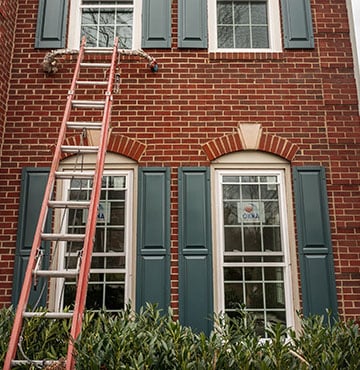
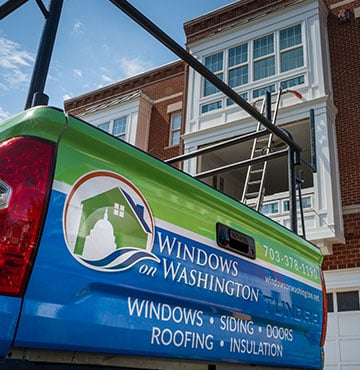
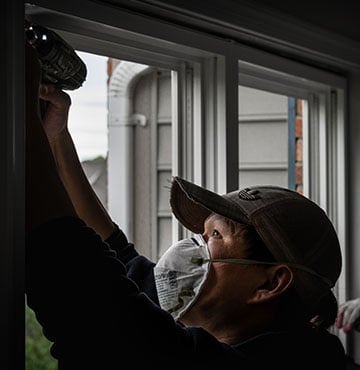
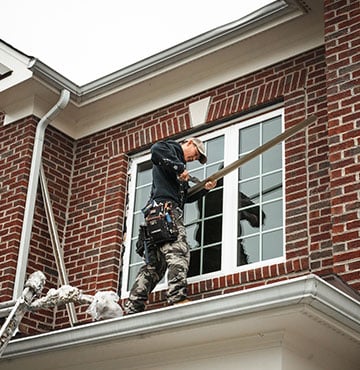



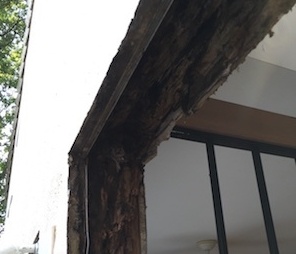

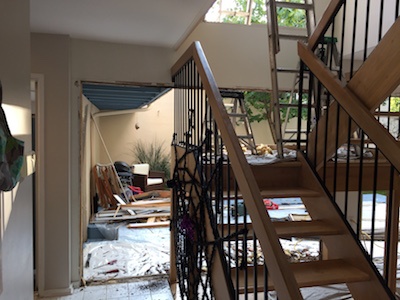
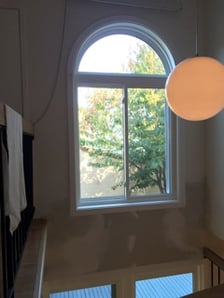
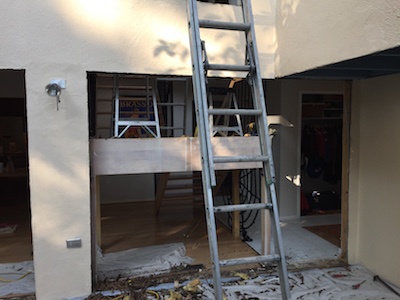
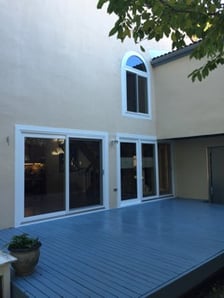





%20(720%20%C3%97%20510%20px)%20(500%20%C3%97%20500%20px)%20(300%20%C3%97%20300%20px)%20(400%20%C3%97%20400%20px)%20(700%20%C3%97%20700%20px)%20(480%20x%20550%20px).png?width=480&height=550&name=Untitled%20(860%20%C3%97%20860%20px)%20(720%20%C3%97%20510%20px)%20(500%20%C3%97%20500%20px)%20(300%20%C3%97%20300%20px)%20(400%20%C3%97%20400%20px)%20(700%20%C3%97%20700%20px)%20(480%20x%20550%20px).png)
Comments